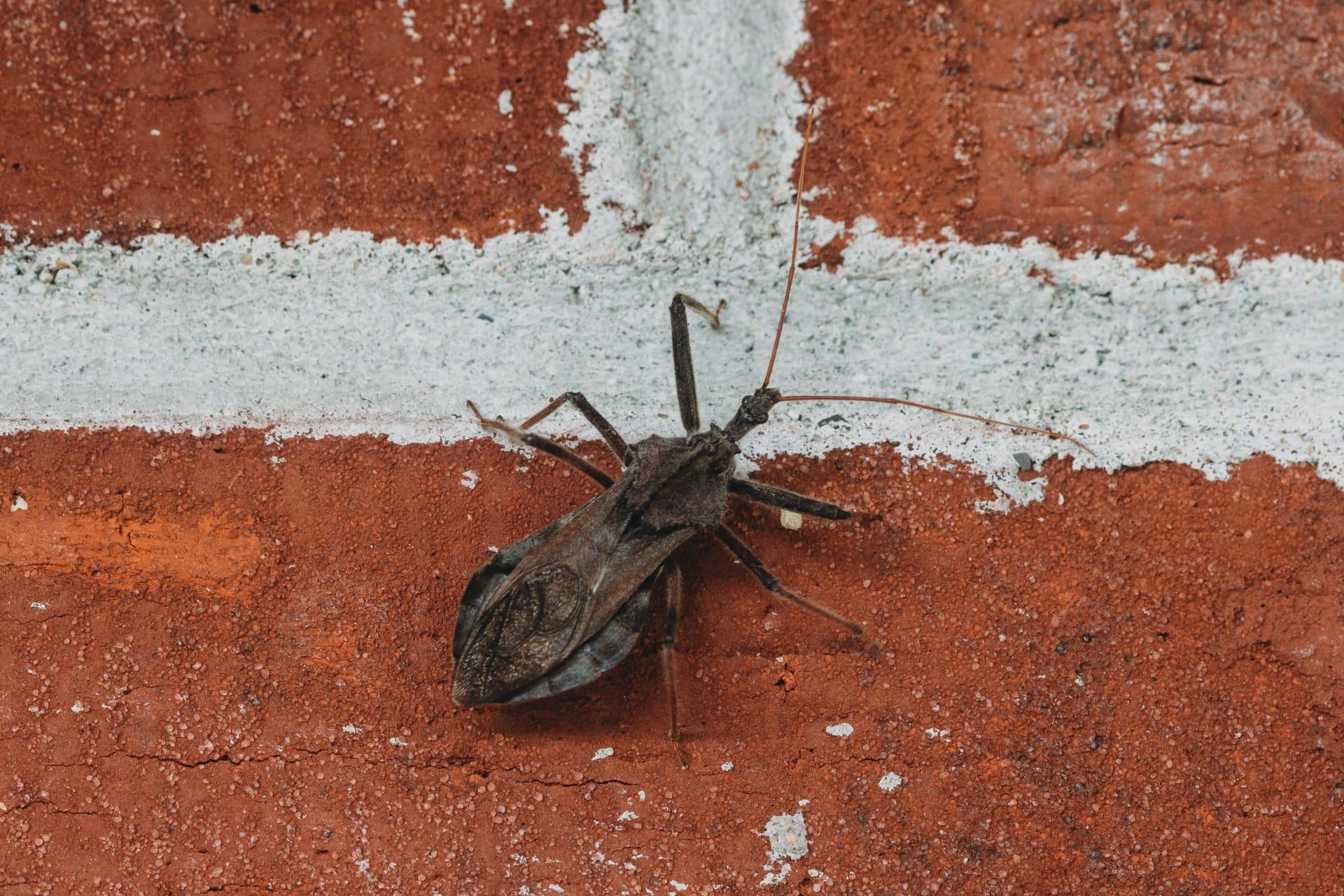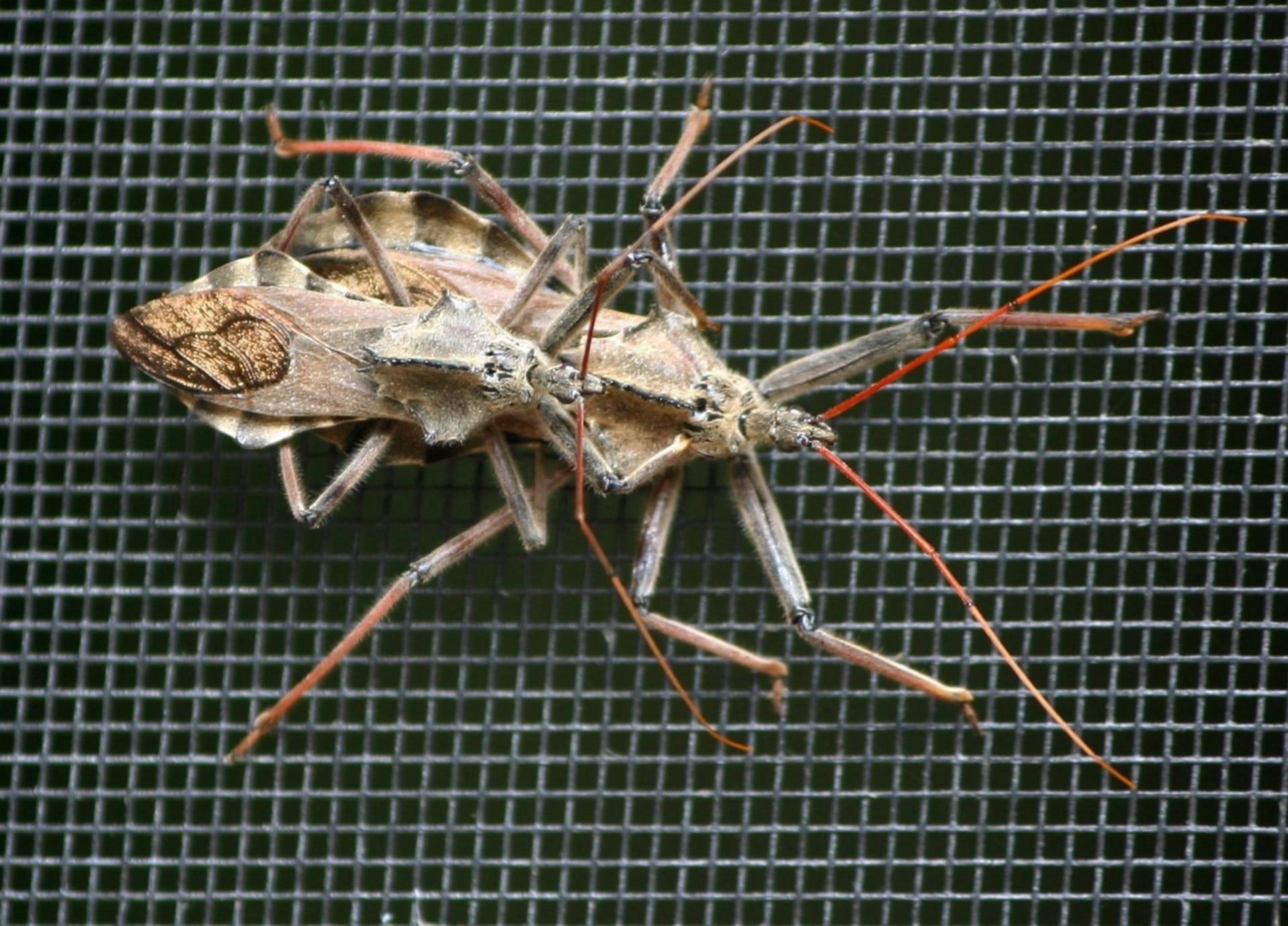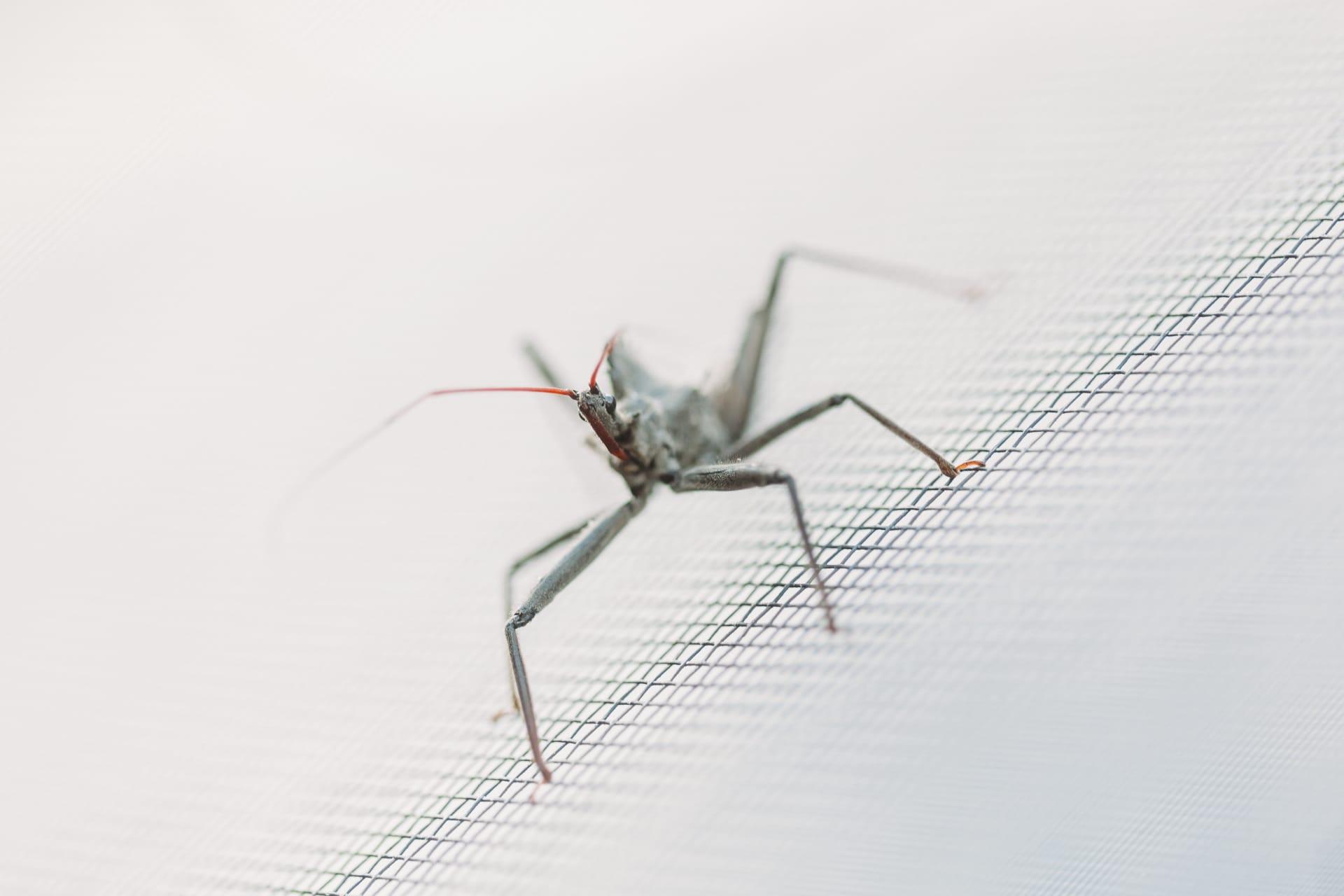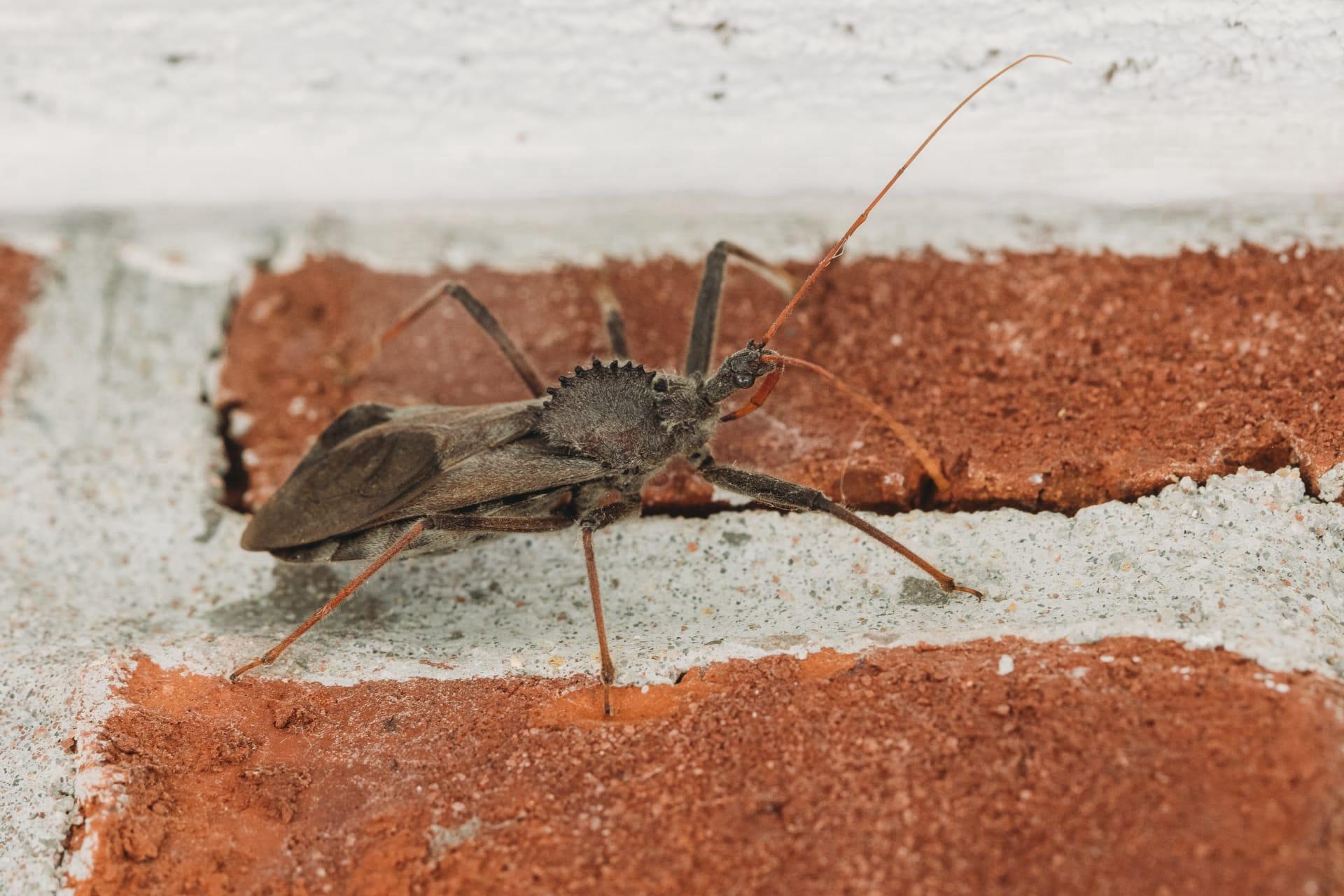Wheel Bug
- Home /
- Mini Encyclopedia /
- Animal /
- Wheel Bug
1
The Wheel Bug, scientifically named Arilus cristatus, belongs to the family Reduviidae, which is part of the order Hemiptera, commonly known as true bugs. This species is distinct due to its cogwheel-like crest on its thorax, featuring 8 to 12 protruding segments. Notably, this bug is among the largest terrestrial true bugs in North America, reaching up to 1.5 inches in length. Its body is predominantly grayish-black, with a robust, elongated shape and a prominent beak-like mouthpart used for predation.
Wheel Bugs are predominantly found in North America, specifically widespread across the eastern United States, extending into parts of Canada and Mexico. They inhabit various environments such as gardens, fields, and forests, showing a preference for temperate climates. Their presence is more noticeable in late summer and early autumn. These bugs are not migratory and tend to reside within a limited range throughout their life, often in areas rich in vegetation and prey.

2
Question: Is the bite of a Wheel Bug dangerous to humans?
Answer: While the Wheel Bug does possess a potent venom to subdue its prey, its bite is relatively rare and not lethal to humans. However, the bite can be extremely painful, often described as a burning sensation, and can cause localized swelling and redness. The intensity of the pain and the duration, which can last from several minutes to a few days, varies among individuals. It's important to note that these bugs are not aggressive towards humans and bites usually occur only when the bug is provoked or handled carelessly.

3
Wheel Bugs employ a stealthy approach in their hunting strategy. They are slow-moving, relying on camouflage and patience to ambush their prey, which includes caterpillars, moths, and other soft-bodied insects. Their cryptic coloration allows them to blend seamlessly into their surroundings, making them efficient predators.
Their primary weapon is their beak, used to inject a powerful, paralyzing venom into their prey. This venom contains enzymes that liquefy the insides of the prey, which the Wheel Bug then consumes through its beak. This method of feeding is highly effective, enabling the Wheel Bug to take down insects larger than itself.

4
In the ecosystem, Wheel Bugs play a crucial role as natural pest controllers. By preying on various garden and agricultural pests, they help maintain a balance in the insect populations, thereby indirectly supporting plant health and growth.
Additionally, Wheel Bugs are part of a larger food web. They serve as prey for birds, bats, and larger predatory insects, illustrating the interconnectedness of species within an ecosystem. Their presence and survival are indicators of a healthy, biodiverse environment.

5
Film: "Bugs of the Underworld" (United States, 2007). This documentary delves into the mysterious and fascinating world of insects, including the Wheel Bug. It showcases the intricate details of their lives, behaviors, and the roles they play in the natural world, offering viewers a close-up view of these often overlooked creatures.
Book: "Insects of North America" (United States, 2018), by David M. Phillips. This comprehensive guide includes detailed information on the Wheel Bug, covering its biology, behavior, and role in the ecosystem. The book is known for its vivid photographs and accessible descriptions, making it a valuable resource for both enthusiasts and professionals.
Book: "The Secret Life of Bugs" (United Kingdom, 2020), by Paul A. Offit. This book explores the hidden world of insects, including a segment on the Wheel Bug. It presents a blend of scientific facts and intriguing narratives, providing insights into the lives of these fascinating creatures and their significance in our world.